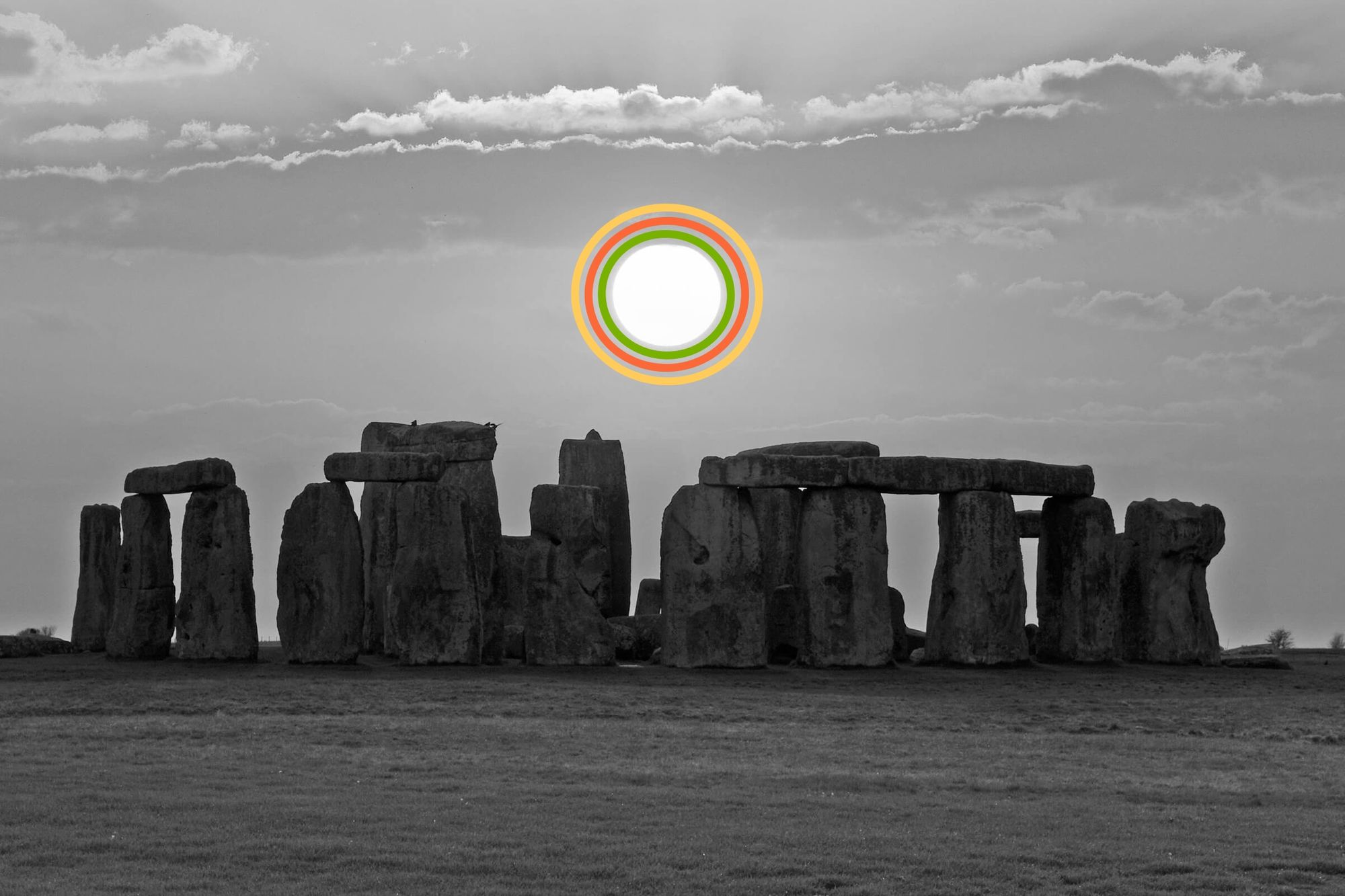
Every planet has a winter solstice.
Earth is unique among planets in our solar system in a number of ways — a habitable atmosphere being chief among them. But when it comes to solstices, Earth is just one in a crowd. The winter and summer solstices represent the shortest and longest days of the year, respectively. Because of the Earth’s 23.5-degree axial tilt, certain parts of the planet lean toward or away from the sun, which creates the seasons. It’s during the solstices (December 21 to 22 and June 20 to 22) that the planet reaches its maximum tilt away (or toward) the sun, depending on the hemisphere you call home.
Solstices also take place on other planets, but not quite in the same way. Both Mercury and Venus have little axial tilt, so they don’t experience seasons as Earth does. Mars, however, has a very similar tilt to Earth at 25 degrees, and the planet’s ice cap will grow and recede according to the seasons. Although Jupiter has a minuscule axial tilt, Saturn’s axial tilt at 26.7 degrees means solstices there are truly something to behold — during the planet’s summer solstices, its rings become intensely illuminated as they reflect the sun’s light.
However, Uranus is the true oddity. With an axial tilt of a whopping 98 degrees, the planet’s poles point directly toward the sun during its solstices. When Voyager 2 took images of the planet in 1986, Uranus was experiencing its southern hemisphere’s summer solstice, with that hemisphere bathed in continuous light while its northern hemisphere was trapped in frozen darkness. So although all planets have solstices, no two are exactly alike — and Earth’s remain something special.
When planets were forming in the early solar system some 4.6 billion years ago, things were a bit chaotic. Constant collisions with asteroids and protoplanets kept the rocky worlds in the inner solar system in a constant molten state. One theory suggests that during this period, a protoplanet the size of Mars (named Theia) smashed into Earth. This cataclysmic event likely formed the moon and also knocked the Earth into its current axial tilt. Despite this happening so long ago, possible evidence of the collision may lie in Earth’s geology. In 2021, scientists documented two continent-sized layers of rock in the Earth’s mantle that looked unlike surrounding rock layers; the researchers suggested this rock could be the ancient remains of the protoplanet Theia. So next time you’re enjoying a beautiful summer day or a dazzling moonlit night, give thanks to the 4.6 billion-year-old protoplanet that met its molten fate and created the Earth we know and love today.

